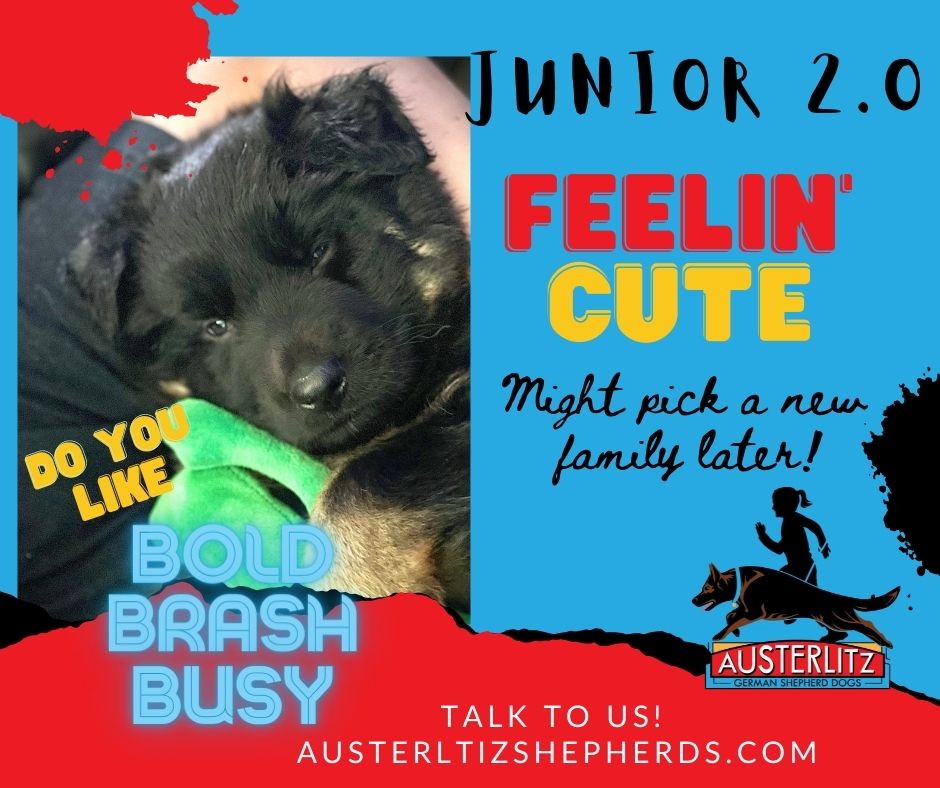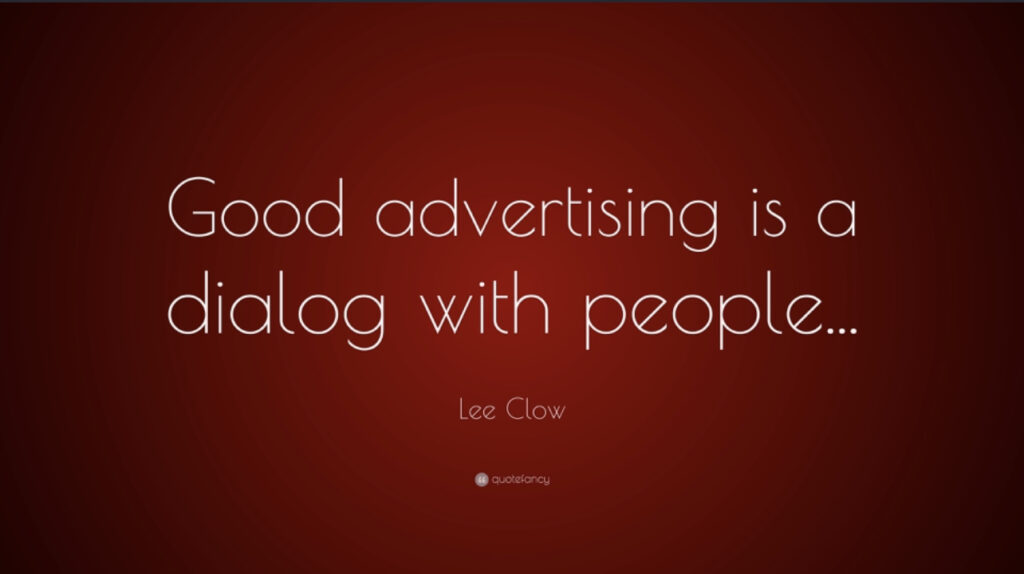A popular meme that travels round the social media that says that the reason there are “bad” breeders (Here is what I mean by Bad Breeder) is because the puppy buyers support them by purchasing their dogs. And of course there is some truth in that, because if any breeder cannot find homes for their dogs they cannot breed more dogs. This is a truth that applies to all breeders, and a core strategy of the anti-any-dog-breeding animal rights extremists (who have tried for decades to convince companion dog owners that owning any dog not purchased from a shelter or rescue is all kinds of wrong) so it’s not new.
The unfairness of this ”blame the buyers” mindset is that good breeders are really hard to find, and vastly outnumbered by substandard breeders (who are easy to find). This is even more extreme when we consider what the anti breeder crowd has decided are “good” breeders, which is most often competition oriented (show & sport) breeders, one of the least common demographic of breeders. How ironic it is that we blame those seeking a puppy for their inability to find a good breeder when the entire “Good Dog Breeder Community” brags about how hard to find they are, how they never advertise, and when they do it’s only to each other (and judges), how rarely they actually breed, and how few puppies are available to ”pet” homes.
So not only have we in the dog community allowed those who are basically anti breeding to set the standard as to what a “good” breeder does but we have ourselves internalized this and promoted it to puppy seekers. How unfair that we blame puppy seekers when the very group we have decided are the ONLY breeders worthy of supporting often don’t advertise, don’t breed very often, prioritize puppy placement to other competition homes, and while competition breeders obviously enjoy being labeled as the ”best” breeders they are simply not able to produce enough dogs to meet the needs of companion dog seekers, even if they as a group wanted to.
I’m not going to go into the ”why” of this problem yet, I’m saving for a later day why I think breeders have gotten it so very wrong in the area of who is really the best breeder for a companion puppy and how the present idealization of competition breeders hurts our breeds, our breeders, and the entire purebred dog community.
Today I want to follow up my last blog and another previous blog on finding a good breeder from what is really the most important angle. How are puppy seekers supposed to find these good breeders?
Advertising is only evil when it advertises evil things
David Ogivly
First, let’s start off by understanding that breeders are often conflicted about breeding dogs, after all, we have been told for decades that breeding dogs is basically bad and we should all be ashamed. Breeders who have internalized this shaming are some of the most vocal about how evil it is to advertise, which is ironic, because many of these same breeders spend thousands advertising their current string of show dogs in show magazines. This money is spent to make sure judges and other show fanciers recognize their dog (and handler) and how amazballs the dog is. But advertise to those seeking a companion puppy? Gasp, that is just wrong. Lots of this emotion has it’s roots in the very anti-breeder movement that decided only competition breeders were worthy of existing, because along with convincing people that only the smallest subset of breeders was responsible they also convinced us that advertising was wrong and a sign of a ”bad” breeder. The implication was of course, that without advertising really good breeders would still be able to find more than enough puppy seekers for their puppies and to a degree this is accurate because competition oriented breeders are not breeding very often these days (though they certainly did in the past) and they strive to put puppies into competition homes within the small tight knit fanciers community.
The reality is that those very people who want to see an end to purebred dogs have convinced purebred dog breeders that reaching out to the public via advertising is wrong, and so breeders pulled back, many breeders now don’t even have a website, or if they do have a website their website only really speaks to others in the show/sport fanciers community.
This has all been part of a deliberate cycle to decrease the number of purebred dogs by first shaming breeders for producing them, shaming people for purchasing them, and creating an ”out of sight out of mind” drop in even the interest in purebred dogs among the pet owning public.
Of course the one type of advertising still considered ”ok” is advertising to other fanciers and judges via show magazines, show websites, and breeder websites that ONLY feature photos and info about competition (not very appealing to the average puppy seeker) which further creates the false impression that purebred fanciers and breeders are elitist, out of reach/touch with the general dog owning community, and only interested in winning.
Of course this is just silly and so bad for our breeds because if we spent half as much time and effort advertising our breeds to companion puppy seekers more people would fall in love with our breeds, get a well bred puppy, and live happily ever after. Our breeds would benefit from being reinserted into our communities, our community would benefit from an influx of fantastic dogs, new fanciers, and the purebred dog world would benefit by the good will that occurs when people know and love firsthand wonderful purebred dogs.
Advertising is the first step in generating interest in our breeds, it’s not a dirty word, we should not feel icky for doing it. It is long past time to take back the dialog and the tools we need to promote our breeds.
As breeders we need to stop thinking of advertising as a dirty word, and we need to stop feeling icky about promoting what we do.
If we consider that advertising (aka marketing) ourselves not only makes us easier for those seeking puppies to find thus increasing the number of breed suitable prospects for us to choose from, but also provides an example of what a good breeder does and looks like, and promotes good information about our breed, we can start to see just how important it is that we actively promote ourselves, our dogs, our community, and our breed. Our dogs are wonderful, so let’s get out there and show everyone!

If it helps, think of advertising as marketing yourself, your breed, and your breeding program. One of the easiest and most effective ways we can reach people is through content marketing. Instead of focusing on selling an individual puppy marketing focuses on building relationships with ourselves, our dogs, and our breed. While advertising is a one way communication from a breeder to prospective puppy seeker, content is a two way communication focused on building our reputation through education. Puppy seekers need to learn about our breeds, what they need to be happy, what they are like to live with without all that breed standard ambiguous jargon, and who makes a suitable owner for a breed.
These puppy seeker needs are perfectly met by the expertise of the breeder and the best way a breeder can advertise is by using content marketing tools and practices to promote their breed and program. In the age of easy to build and update websites and plentiful options for real time posting to social media there is every reason for breeders to focus on high quality content as the core of their marketing strategy.
But what if I have a puppy or litter I need to find homes for? Can’t I just advertise THAT puppy?
You bet and there is nothing wrong at all with letting people know you have a puppy or litter available, and these efforts will yield more high quality, suitable, prospects if those same people are already following you! Reaching out ”cold“ will waste far more time as you wade through large number of impulse inquiries and prospects not suitable for your dogs. Remember, we want to attract the BEST prospects! Those who are ready, willing, and able to give our puppy a happy lifelong home.
Tips for featuring an individual puppy: Help people get to know you first!
1. Focus on the journey, share content about the puppy from birth onward.
2. What is puppy doing right now? Share video, photos, of what puppy is learning.
3. What type of home would allow this puppy to flourish?
4. How can you show that number 3 looks like? Feature ideal owners? Share photos, videos?
5. What traits do you expect in the grown puppy? Who needs these traits?
Don’t be afraid to feature a litter or puppy when you are still building a list of prospective homes, and do work just as hard to develop a base of followers. Remember, your followers, families, and family community are an important source of information you need for your program and generate good word of mouth to help good families find you!

Want to talk more about finding amazing homes for your puppies, and being brave in your marketing? Join us in the coming weeks on our podcast where we will be talking with our own Rebecca Pinkson on her search for a beagle puppy!



